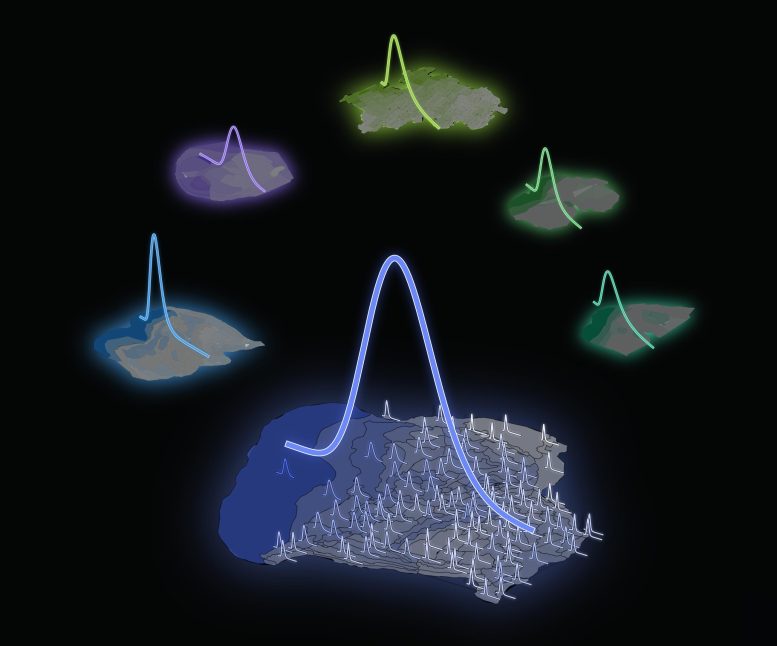
Neuron densities in cortical areas in the mammalian brain follow a consistent distribution pattern. This finding that has profound implications for brain modeling and the development of brain-inspired technologies. Credit: Morales-Gregorio
Human Brain Project researchers from Forschungszentrum Jülich and the University of Cologne (Germany) have uncovered how neuron densities are distributed across and within cortical areas in the mammalian brain. They have unveiled a fundamental organizational principle of cortical cytoarchitecture: the ubiquitous lognormal distribution of neuron densities.
Numbers of neurons and their spatial arrangement play a crucial role in shaping the brain’s structure and function. Yet, despite the wealth of available cytoarchitectonic data, the statistical distributions of neuron densities remain largely undescribed. The new Human Brain Project (HBP) study, published in the journal Cerebral Cortex, advances our understanding of the organization of mammalian brains.
Analyzing the Datasets and the Lognormal Distribution
Nine publicly available datasets of seven species (mouse, marmoset, macaque, galago, owl monkey, baboon, and human) provided the foundation for the research team’s investigations. After analyzing the cortical areas of each, they found that neuron densities within these areas follow a consistent pattern – a lognormal distribution. This suggests a fundamental organizational principle underlying the densities of neurons in the mammalian brain.
A lognormal distribution is a statistical distribution characterized by a skewed bell-shaped curve. It arises, for instance, when taking the exponential of a normally distributed variable. It differs from a normal distribution in several ways. Most importantly, the curve of a normal distribution is symmetric, while the lognormal one is asymmetric with a heavy tail.
Implications and Relevance of Findings
These insights are pivotal for precise brain modeling. “Not least because the distribution of neuron densities influences the network connectivity,” says Sacha van Albada, leader of the Theoretical Neuroanatomy group at Forschungszentrum Jülich and senior author of the paper. “For instance, if the density of synapses is constant, regions with lower neuron density will receive more synapses per neuron,” she explains. Such aspects are also relevant for the design of brain-inspired technology such as neuromorphic hardware.
“Furthermore, as cortical areas are often distinguished on the basis of cytoarchitecture, knowing the distribution of neuron densities can be relevant for statistically assessing differences between areas and the locations of the borders between areas,” van Albada adds.
Understanding the Lognormal Distribution in Brain Characteristics
The results align with previous observations that surprisingly many characteristics of the brain follow a lognormal distribution. “One reason why it may be very common in nature is because it emerges when taking the product of many independent variables,” says Alexander van Meegen, joint first author of the study. In other words, the lognormal distribution arises naturally as a result of multiplicative processes, similar to how the normal distribution emerges when many independent variables are summed.
“Using a simple model, we were able to show how the multiplicative proliferation of neurons during development may lead to the observed neuron density distributions” explains van Meegen.
According to the study, in principle, cortex-wide organizational structures might be by-products of development or evolution that serve no computational function; but the fact that the same organizational structures can be observed for several species and across most cortical areas suggests that the lognormal distribution serves some purpose.
“We cannot be sure how the lognormal distribution of neuron densities will influence brain function, but it will likely be associated with high network heterogeneity, which may be computationally beneficial,” says Aitor Morales-Gregorio, first author of the study, citing previous works that suggest that heterogeneity in the brain’s connectivity may promote efficient information transmission. In addition, heterogeneous networks support robust learning and enhance the memory capacity of neural circuits.
Reference: “Ubiquitous lognormal distribution of neuron densities in mammalian cerebral cortex” by Aitor Morales-Gregorio, Alexander van Meegen and Sacha J van Albada, 6 July 2023, Cerebral Cortex.
DOI: 10.1093/cercor/bhad160


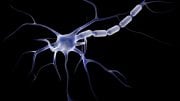
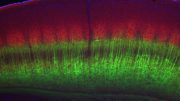
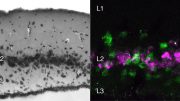
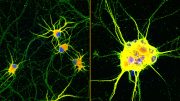
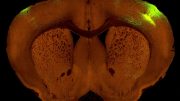


When many symmetric processes contribute to a probability distribution this tends to symmetric normal distribution.
One cannot have a negative number of neurons. The composite distribution is bound to tend to log normal.
What’s next? Make a brain? Make humanoid workers? The humanoid workers become sensient beings then claim to be slaves and demand freedom then reparations? Lol
Cyborgs. All the neuro-tech that the military is investing in these days, from brain stimulation helmets that make a soldier a better soldier (see recent NRP news article) to artificial limbs.
See the book:
“Mind Wars Brain Science and the Military in the 21ST Century”
by Johnathon D. Moreno (presidential advisory committee member for 3 presidents: Clinton, “W”, and Obama)
“A minimal model of noisy cell division, in combination with distributed proliferation times, can account for the coexistence of lognormal distributions within and across cortical areas.”
That figures, since e.g. impurity size distributions in iron melts are log normal due to (random seeding and) impurity growth over time scaling with the impurity radius. That is, dispersed growing tend to end up lognormal.
I wouldn’t necessarily take it as signifying anything brain evolution as such, e.g. having been selected for beneficial or against non-beneficial effects.